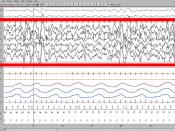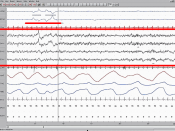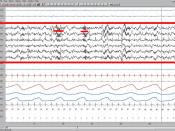Night Terrors and Nightmares in Children
Imagine; it is 10:00 at night and you are getting ready for bed. You hear your child, who you put to bed about two hours before, screaming in their bedroom. When you enter the room, your child is sitting up in the bed thrashing their arms and legs wildly, still screaming and crying. You assume that they have had a nightmare and you embrace them to calm them down. To your surprise, your child does not seem to calm down and does not want to be held. In fact, your child does not even seem to be aware that you are there with them. You continue to stay with your child and they soon calm down on their own. You feel them shaking, as they fall back asleep. The next morning, your child acts as if nothing had happened and does not remember anything about the previous night what your child experienced was not a nightmare, but what is called a night terror, also known as a sleep terror.
Sleep disorders affect most children at least once. There are many different types of sleep disorders, some which are health concerning and some that are not. The most common are nightmares and night terrors, which are sometimes mistakenly thought as the same thing.
Not only are night terrors characterized by shaking, screaming, thrashing, crying, and unawareness, they can also be characterized by episodes of excessive sweating, wild running, and talking confusedly. A night terror is a primarily rare sleep disorder. Although it is most common in young children, it does occur in older childhood, adolescence, and adulthood. On average, two to three percent of all children will at least on night terror. A night terror is not a nightmare; in fact they are...


